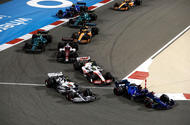New rules produce more exciting racing and rearrange the pecking order
The new era of Formula 1 got off to a tremendous start in Bahrain yesterday.
The latest batch of cars have been designed according to an entirely new set of rules that swap over-body aerodynamics for under-body ones with the intention of minimising ‘dirty air’ and consequently making it much easier for them to follow one another. To our delight, they delivered precisely that.
The bunching-up of the 20-car pack from the start lasted for much longer than previously, and there were some fantastic battles lacking the ‘retreat and try again’ tactic that we had become regrettably accustomed to. At times, the action was reminiscent of Formula 2 or Formula E, just without the amateur dramatics.
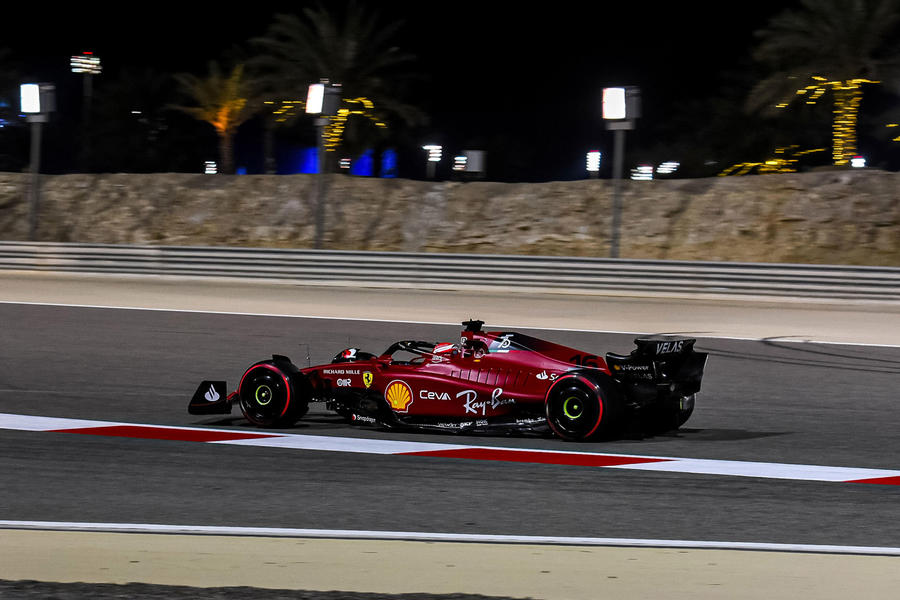
Exemplifying this best was Ferrari pole-sitter Charles Leclerc having a scintillating back-and-forth with Red Bull’s reigning champion, Max Verstappen – the two sitting right on each other’s gearboxes, slipstreaming and swapping positions several times over multiple laps.
It was a battle from which the Monégasque emerged victorious, reminding us all of the talent that he had so brilliantly showcased before Ferrari entered a two-year period of anonymity.
Following him home was not Verstappen but the other scarlet car of Carlos Sainz Jr who, despite admitting that he didn’t yet feel entirely comfortable with the new car (whether due to the visibly more nervous feel or the different driving style required), put in a strong performance from second on the grid.
It was a superb result for the Scuderia, which has clearly produced the fastest initial 2022 package. It’s great to see the Italian cars back at the top, not least because a Ferrari in fine form can only be healthy for the sport in a wider context.
Inverse to Ferrari’s jubilation we find misery at Red Bull, after Verstappen and Sergio Pérez retired from third and fourth positions within sight of the chequered flag, both having suffered a power loss that the team suspects might have a common cause. Milton Keynes can take heart from the fact that the RB18 is a close second to the Ferrari F1-75, and indeed that Verstappen has lost none of his savage raw pace; but it was an ignominious debut for Red Bull as an engine supplier – made worse still by the immolation of one of the AlphaTauri sister cars.
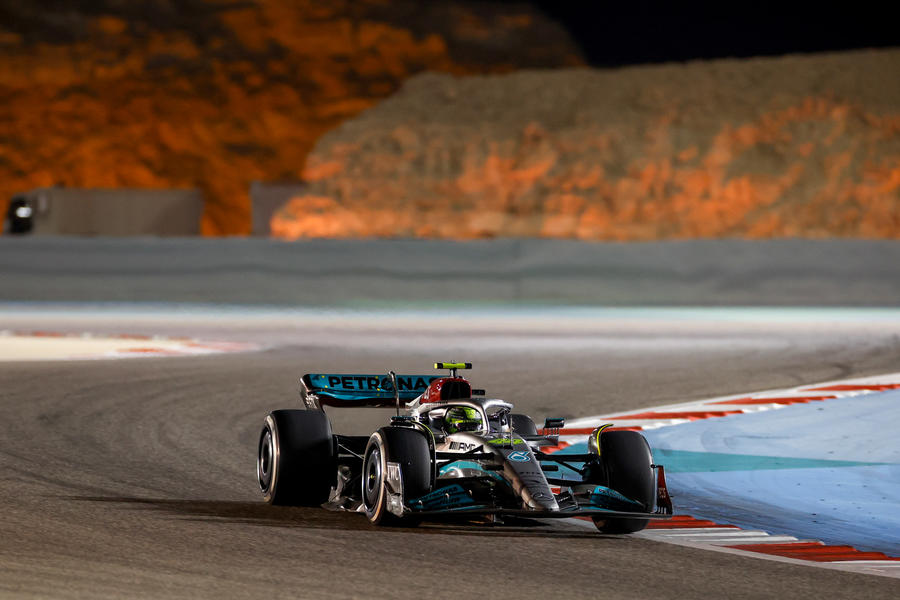
Having dominated the past eight seasons of Formula 1, Mercedes-AMG can count itself lucky to have made the podium with Sir Lewis Hamilton and new boy George Russell finishing right behind him. It may have the third-fastest car, but it has some worrying troubles to overcome, perhaps best exemplified by Hamilton struggling to find grip or traction after his first pit stop. For true neutrals, though, seeing the Silver Arrows perform in that manner came as a bit of a relief.
The feel-good story of the weekend was at Haas. Demoralised, downcast and facing an uncertain future last year, due to its abysmal 2020 and 2021 performances, the team then in pre-season testing felt obligated to ditch its Russian title sponsor and Russian driver at the eleventh hour. Kevin Magnussen, whom it had let go after 2020, was rushed back over to fill the vacated car – in which he promptly qualified seventh and finished fifth. For both the beaming Dane and his UK-based colleagues, it was an impossible dream.
As with Ferrari, this performance came as a ringing endorsement for the graduated wind tunnel testing allowances dreamed up by Formula 1 bosses to keep the pack together.
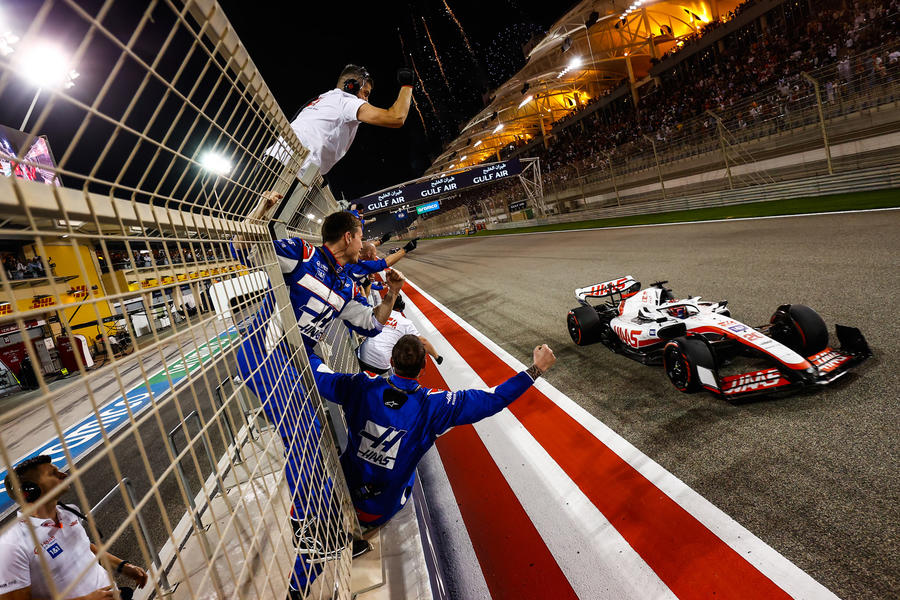
However, when there is a dream result, there is usually also a nightmare one, and the latter had to be endured by McLaren. Having spent years catching up from well behind the pack to finally taste victory once again in 2021, it looks to have one of the worst cars this year. How could things be any more depressing? Well, your veteran driver contracting Covid, missing testing and looking off the pace during the first race. Let’s hope for the sake of the sanity of all those at Woking that fast and significant progress can be made.
Very similar applies to Aston Martin, which for all its talk about becoming a major force in F1 and going for titles appears to have fallen even further backwards – and was missing star driver Sebastian Vettel for the dreaded disease.
Perhaps a significant factor is the relative performance of the Mercedes powertrain, as Ferrari looks to have made considerable gains (also evidenced by mega weekends for customer teams Haas and Alfa Romeo). That’s far from ideal right before powertrain development is frozen until 2025…
The main takeaway from the 2022 season opener, though, has to be how much more enjoyable watching F1 racing is going to be this year. The pack is very close, with no tedious runaway leader or hopeless laggards, and it’s clearly much easier for them to battle it out.
We head to Jeddah next Sunday on a high.
2022 Bahrain Grand Prix – full classification
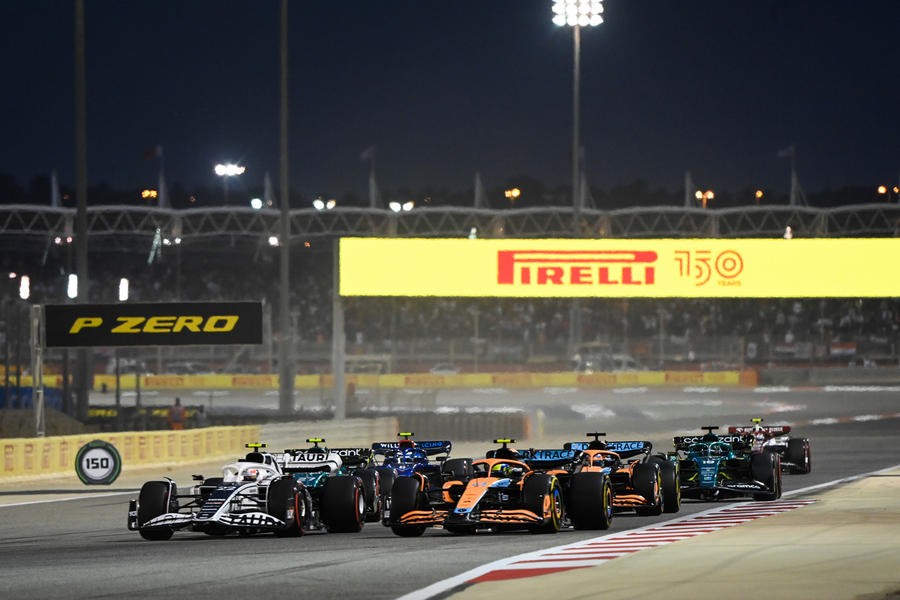
1) Charles Leclerc (Ferrari)
2) Carlos Sainz Jr (Ferrari)
3) Lewis Hamilton (Mercedes-AMG)
4) George Russell (Mercedes-AMG)
5) Kevin Magnussen (Haas-Ferrari)
6) Valtteri Bottas (Alfa Romeo-Ferrari)
7) Esteban Ocon (Alpine-Renault)
8) Yuki Tsunoda (AlphaTauri-Red Bull)
9) Fernando Alonso (Alpine-Renault)
10) Guanyu Zhou (Alfa Romeo-Ferrari)
11) Mick Schumacher (Haas-Ferrari)
12) Lance Stroll (Aston Martin-Mercedes)
13) Alexander Albon (Williams-Mercedes)
14) Daniel Ricciardo (McLaren-Mercedes)
15) Lando Norris (McLaren-Mercedes)
16) Nicholas Latifi (Williams-Mercedes)
17) Nico Hülkenberg (Aston Martin-Mercedes)
18) Sergio Pérez (Red Bull)
19) Max Verstappen (Red Bull)
20) Ret. Pierre Gasly (AlphaTauri-Red Bull)
Source: Autocar
